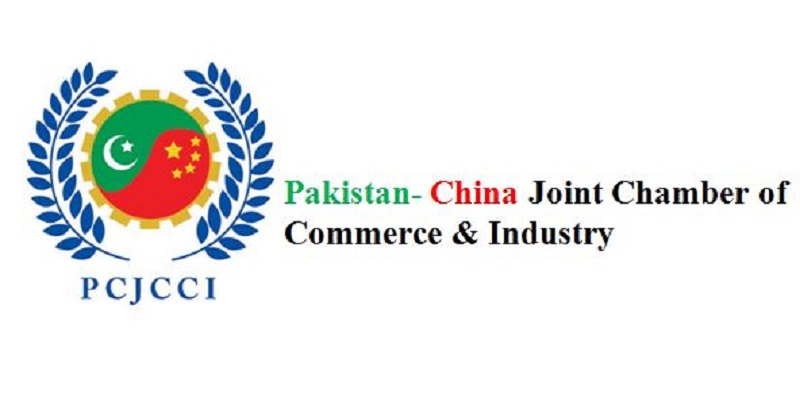Government suggested using Chinese model of “Eco-Farming” to increase yield
President Pakistan China Joint Chamber of Commerce and Industry (PCJCCI), Zarak Khan encouraged the government to embrace the Chinese eco-farming model for enhancement in yield production to mitigate rising food insecurity in the country. Expressing views during PCJCCI’s session on Chinese agriculture techniques he said cultivating the Chinese model of “Eco-Farming” would also further deepen the agriculture cooperation between the two countries under CPEC. Chinese ecological friendly agricultural model involves usage of hybrid seeds, better water management, and a more significant role of government to guarantee the safety and support mechanisms. It was shared that China uses only 10% of its arable land to feed population, which makes 20% of the world’s overall population.
Pakistan China Joint Chamber of Commerce and Industry (PCJCCI) President Zarak Khan has urged the government to adopt Eco-farming model of China for increasing agricultural yields to avert the growing food crisis.
While introducing the Chinese Cultivation Model of “Eco-Farming” at the PCJCCI think-tank session here Friday, he emphasized to get benefit of Chinese friendship also in the field of Agriculture. Chinese cultivation model involved usage of hybrid seeds, better water management, increased role of government for ensuring effective safety and support mechanisms such as making a reservoir of food grain and also public-private partnerships to overcome the future food crisis, he said.
China accounts for only 10 percent of arable land produces food for 20 percent of the world’s population and it ranks first in worldwide farm output. “It is because they have devised different techniques to increase the yield of crops just by making use of nature, and such farming is termed as, “Eco-Farming”, he said and hoped that implementation of Chinese model of farm mechanization practices in Pakistan would help overcome the expected food crisis.
The PCJCCI President said that China was the largest producer of rice with per hectare yield of 0.6 ton and it produces 1.2 ton per hectare rice, which is twice that of Pakistan. Pakistan’s sugarcane production is 53.4 ton per hectare whereas China obtains a yield of 66.7 ton per hectare sugarcane through its cultivation techniques, Therefore, Chinese cultivation pattern is the best model to be implemented on the land of Pakistan to increase agriculture yields, he asserted.
He said that Chinese Model of Eco-Farming ensures healthy farming and healthy food for today and tomorrow by protecting soil, water and climate; promotes bio-diversity and does not contaminate the environment with chemical inputs or genetic engineering.
PCJCCI Senior Vice President Moazzam Ghurki highlighted the environment friendly techniques being used by China for effective farming. He quoted the example of increasing yield of rice through methods such as Rice duck farming, in which ducks are raised on rice paddies and feed on pests and weeds, which means the farmer doesn’t have to use earth and water-ravaging chemical pesticides and herbicides on their plants. He said that duck droppings are also an excellent, natural fertilizer for rice plants. Similarly, growing two or more crops in proximity helps reduce disease outbreaks, he added.
PCJCCI Secretary General said that 50 percent of the population is taking less calories recognized for average human need. The current crisis, would worsen if the government fails to come up with an informed policy and decisions. In this situation, the government should allocate land to locals in association with Chinese to obtain farm productivity on the same pattern as Chinese are doing, he suggested and urged to introduce corporate farming trends to compensate rising inflation and high input prices in the field of Agriculture in the country.
Western media’s false narratives on Gwadar airport debunked
A recent propaganda campaign against Gwadar International Airport has been exposed by ARY …












